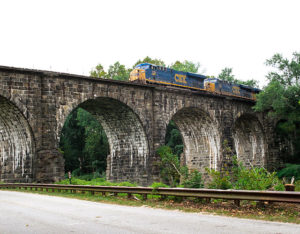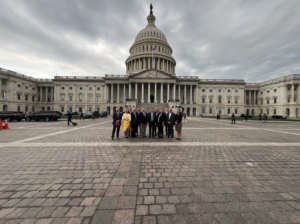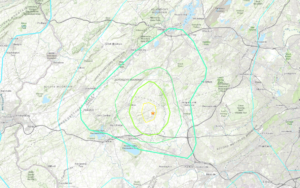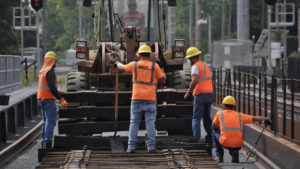LA Metro to update community on Eastside Transit Corridor Phase 2
Written by jroodThe Los Angeles County Metropolitan Transportation Authority will hold two community meetings/open houses Tuesday, October 20 and Thursday, October 22 in Montebello and Pico Rivera to update the public on transit alternatives being recommended to the Metro Board of Directors for the environmental phase of the Eastside Transit Corridor Phase 2 Project.
The Eastside Transit
Corridor Phase 2 project area includes 13 cities in an 80 square-mile area that
is challenged by future growth and traffic on freeways and congested arterial
streets. The cities are Bell, Commerce, Downey, El Monte, Industry, Los
Angeles, Montebello, Monterey Park, Pico Rivera, Rosemead, Santa Fe Springs,
South El Monte, Whittier, and unincorporated areas of Los Angeles County.
In October, the Metro
Board will consider reducing the number of build alternatives from four to two
for further study in a Draft Environmental Impact Statement/Draft Environmental
Impact Report and the Advanced Conceptual Engineering.
The two alternatives
Metro staff recommends for further study are light rail along State Route 60
and on Washington Boulevard. This recommendation is based on: ridership,
cost-effectiveness, travel-time savings, community acceptability, environmental
effects and safety.
The community meetings
will present details of the recommended alternatives and describe the upcoming
federal and state environment process and the study elements.
Since 2007, Metro has
conducted an Alternative Analysis and has prepared supplemental technical studies
to identify feasible routes to extend the Metro Gold Line Eastside Extension,
soon to be open, to cities further east of Los Angeles. At the end of the AA,
four distinct corridors were considered for further study: SR-60, Beverly
Boulevard, Beverly/Whittier boulevards and Washington Boulevard.
Every day, approximately
50,000 commuting trips leave the area bound for central Los Angeles and 115,000
daily work trips are made within the study area, itself. These existing
conditions, combined with projected population growth of 23 percent and
employment growth of 15 percent over the next 30 years, illustrate the need for
additional transit alternatives.





